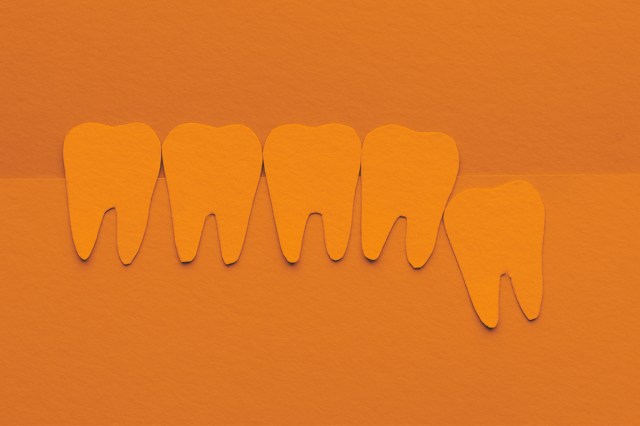
Imagine telling a non-native English speaker that after having your wisdom teeth removed, you slipped and hit your noodle on the door and then banged your funny bone on the way down. It sounds more like a children’s rhyme than a real-life accident, doesn’t it? But many of these fanciful terms for the human body have existed for centuries, and are now more commonly used than their scientific alternatives. Let’s look at the origins behind one of the most popular quirky anatomical nicknames: wisdom teeth.
Wisdom teeth are our third and final set of molars that generally appear between the ages of 17 and 25. They look just like the other molars, but they got a special nickname because of their timing. They usually break through the gums around the time that adolescents transition into adulthood. During these formative years, we grow more intelligent and we grow one more set of teeth, hence the nickname.
The etymological origins of “wisdom teeth” in English date back to the 1660s, when the molars were known as “teeth of wisdom.” But you can also go back thousands of years earlier and find that the ancient Greek physician Hippocrates referred to these teeth as sophronisteres — a translation of the phrase “prudent teeth.” In ancient Rome, the teeth were referred to in Latin as dentes sapientiae, which means “wisdom teeth.”
Referring to them as “wisdom teeth” is far from an exclusively English phenomenon, as many other languages also drew inspiration from those early Greek and Latin terms. In Spanish, the molars are known as muelas del juicio (“teeth of judgment”), and in Arabic they’re called ders-al-a’qel (“teeth of the mind”).















